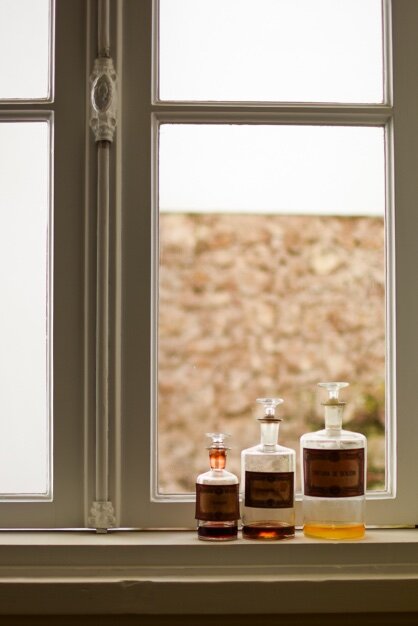
Preserving heritage through new narratives: Designing a guesthouse within a cross-disciplinary team
##plugins.themes.immersion.article.figure##

Abstract
The following article describes the ongoing interior design project that accommodates a guesthouse in a historical building located in the city of Coimbra in Portugal. It focuses on the importance of generating new narratives to maintain the original nineteenth century building’s essence, when changing the architectural program, from a pharmacy on the ground floor and residences in the upper floors into a single guesthouse.
We present the design-led methodology focused on the importance of generating narratives as a foundation to achieve a common goal while working in a cross-disciplinary team. In this context, the designer not only has the role of the form-giver, but also becomes the mediator between matter and form, the team leader, and the forecaster of the user’s emotional experiences.
When adapting client’s brief into a tangible outcome within a team that crosses various areas of expertise (in this case: architecture, design, engineering, archaeology, conservation, and restoration), the importance of generating an open concept that can adapt to the evolving context, becomes key to meet client’s expectations. This article intends to contribute to the discussion of the designer’s elastic mindset as a binding tool between actors and contexts, towards an outcome that acknowledges the importance of the contribution of each one when looking for enriched results. Therefore, it questions what is gained and what is lost by setting aside the classic design fundamental principles and by focusing on design as a managing tool between data and the involved actors for an enriched outcome.
As a main conclusion, it underlines the importance of generating a strong narrative with an open outcome to bind all stakeholders to a common goal through the designer as a project leader.